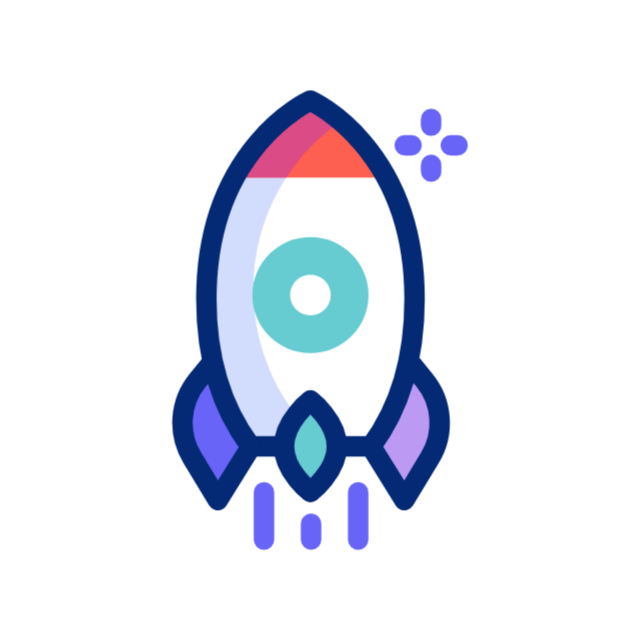How to Build Powerful AI Agents with a Single Click: A Full Guide for Businesses
Imagine you have a smart helper for your business. It can answer customer questions, create marketing plans, check sales numbers, or run simple tasks. You do not need to know any code. You can build this helper in less than one hour by joining simple parts on a visual screen. OpenAI’s new Agent Kit makes this real for companies of all types.
Here is why many businesses are excited about this tool and how it can change the way you use AI.
What Is an AI Agent, and Why Should You Care?
An AI agent acts as a digital helper that works on set tasks. It is not like an old chatbot that only gives fixed answers. An AI agent can do many things such as look for data, make reports, or work with many apps. Each action fits your business needs.
Some companies have long wanted an AI helper. In the past, they met big blocks: long build times, need for coding skills, and high fees for outside help. OpenAI’s Agent Kit cuts these blocks by letting you make a full AI workflow with drag-and-drop parts instead of code.
This matters because almost every business has daily tasks that cost many hours but add little direct value, for example:
- Answering common customer questions
- Checking data and making reports each week or month
- Sending follow-up emails to leads
- Building marketing plans from sales numbers
Automating these tasks saves time, lowers mistakes, and speeds up the act of deciding.
The Main Parts of Agent Kit
Agent Kit helps you build AI agents with four key parts:
-
Agent Builder
This is a visual work area where you design the path of the AI using “nodes” that stand for steps. You drag nodes to form a path such as getting a user query, looking in a data store, shaping a reply, and sending the answer. You can join different tools with each step, add safety checks, test the agent’s work, and keep earlier versions if you wish to go back. -
ChatKit
This chat screen lets you add your AI helper anywhere: on your website or in your app. You can change its look to match your brand. You can also include extra items like charts, buttons, or images so that the answers feel more useful. For instance, instead of plain text, the agent can show a sales trend in a graph or give you clickable choices. -
Connector Registry
This part helps you manage what data and tools your agents can use. It has ready links to services like Dropbox, Google Drive, Microsoft Teams, and more. It also allows you to add links from other sources. The registry makes sure you control who sees your data and keeps it safe. -
Enhanced Evals (Evaluations)
Testing your agent is very important. This tool lets you run tests on sample data, see each step in the agent’s work, and let the system fix replies as it learns. It even supports other models, which gives you extra choice.
Real-World Examples of AI Agents in Action
Here are examples from big companies that use Agent Kit:
-
Albertsons
This grocery chain has more than 2,000 stores. They built an AI agent to help workers create marketing plans. The system studies old sales data, weather data, and competitor prices. Instead of searching through long reports, workers get clear advice right away. This helps them make quick and smart choices. -
HubSpot
HubSpot changed their Breeze AI assistant so that it finds the right support articles inside the chat. When a customer asks a question, the agent grabs the exact document needed. This speeds up self-service and cuts the wait for answers.
These examples show how Agent Kit can save time while creating more value by automating tough routines.
How to Build Your Own AI Agent Step by Step
Building an AI agent may sound hard, but with Agent Kit it is quite simple:
- Open OpenAI’s platform and launch the Agent Builder tool (now in beta).
- Begin with an empty workflow or pick a ready-made template that fits your need.
- Add nodes that stand for each step the agent must take: like getting a query, looking up data, or making a reply.
- Join the nodes by dragging lines between them to set the order of tasks.
- Attach the right tools to each node—like sending emails, updating spreadsheets, or checking web data—depending on the work.
- Change the chat area with your own brand colors, logos, and extra items like graphs or buttons to keep things simple.
- Test your agent with the built-in tools, then publish it in one click.
- Add your agent to your site using ChatKit or work it into your current app with the SDK.
At a recent developer show, an OpenAI engineer built a working AI agent in under eight minutes. This proves the process is fast and clear.
Who Should Use Agent Kit?
If you run a business that is slowed by repeat tasks and you do not plan to hire code experts, Agent Kit is a strong match. Here are some cases:
-
E-commerce Stores
Answer customer questions on orders, shipping, product details, and returns by joining your order system with the agent. -
Consultants and Agencies
Let the agent ask screening questions and set up calls only with the right prospects. -
Content Creators
Use the agent to study popular topics and keywords, and even get draft ideas when needed.
Because the tool works without code, a business owner or team member can build a basic agent in one afternoon.
Next Steps: Begin Saving Time and Boosting Your Business
Today, making and changing AI agents is easier than ever. Now is a good time to see how this tech can help you. Start by listing the tasks that take up too much time. Then, try making small AI workflows to work on those tasks.
You do not need high tech skills to begin. The clear and visual style of Agent Kit lets you test, improve, and grow your agents—all while you stay in control of your data.
For help and tips, there are training programs and user groups on AI automation that show best practices and support.
Automating everyday business tasks with AI agents saves your time so you can concentrate on growth, new ideas, and serving your customers better.
Ready to build your own AI agent and free yourself from repeat tasks? Explore OpenAI’s Agent Kit now and see how smoother your work can be by clicking and linking the parts. The future of business automation is here—it does not need code, just your ideas and a few simple steps.


